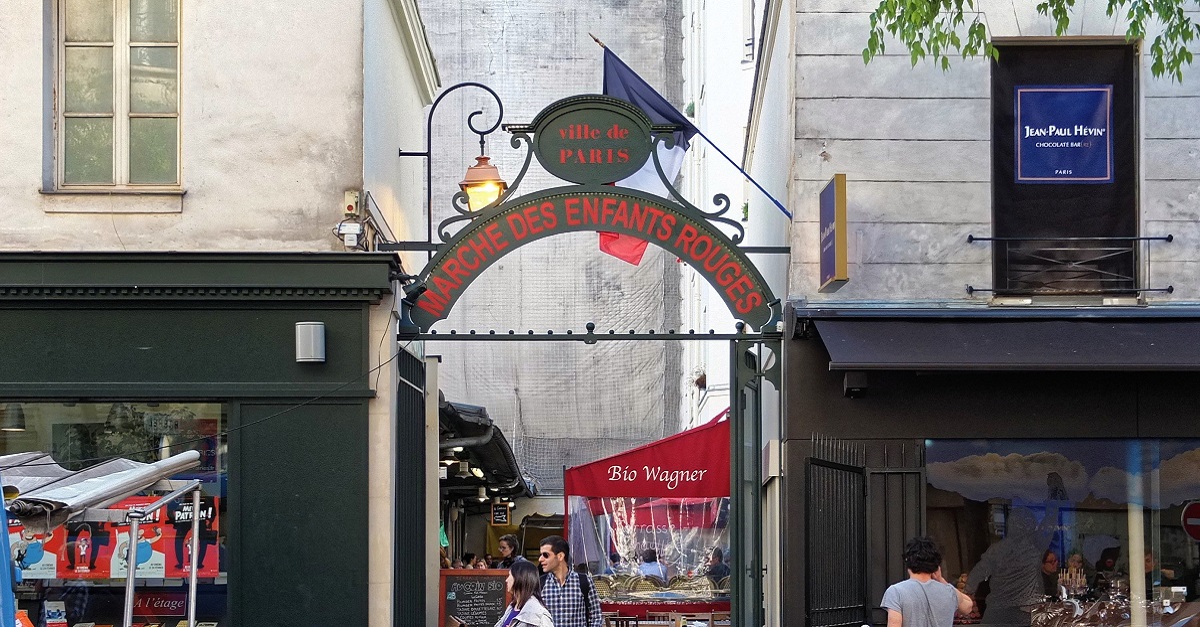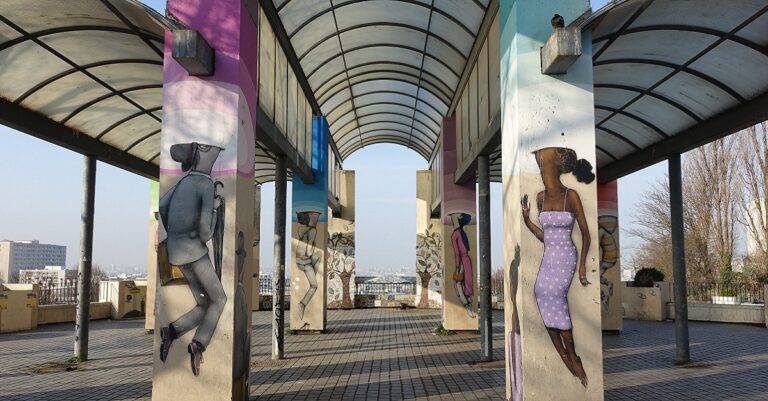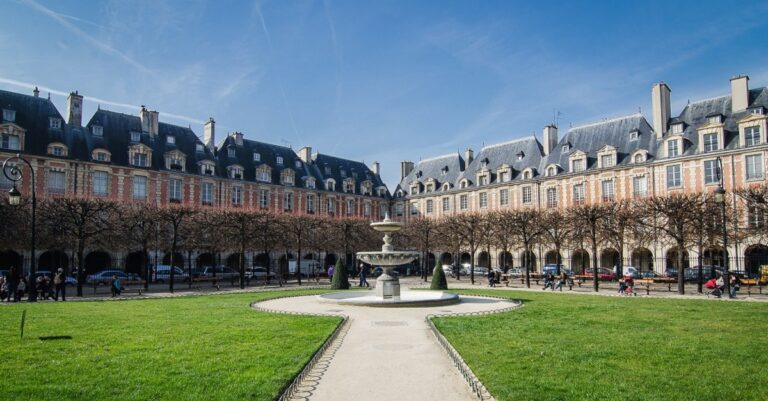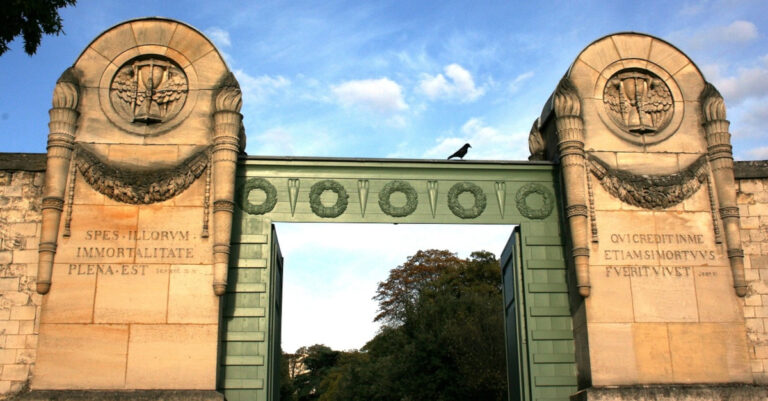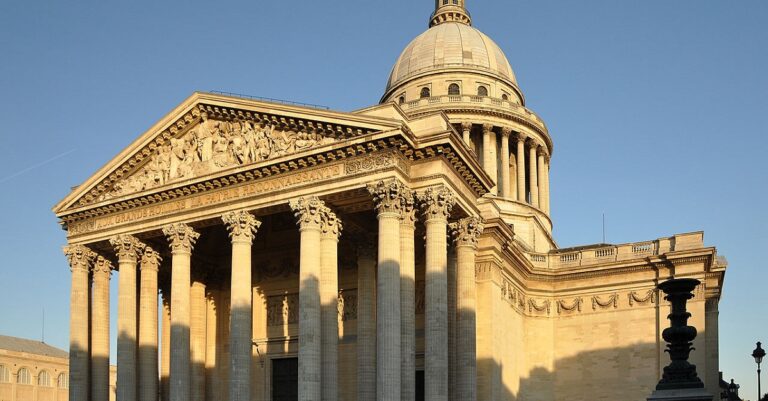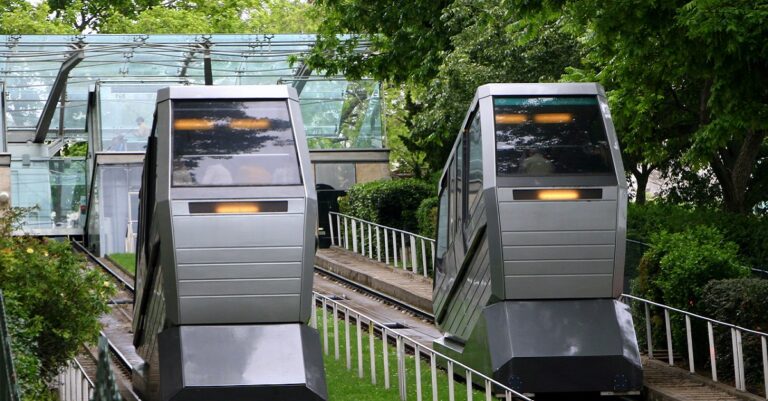The Marché des Enfants Rouges (The Market of the Red Children)
The Marché des Enfants Rouges was created in 1625, making it the oldest market in the capital.
We will look together at the origins of its construction, the origin of its name, its many transformations, its merchants, and finally its rescue from demolition.
A Growing Parisian Population in the 16th Century
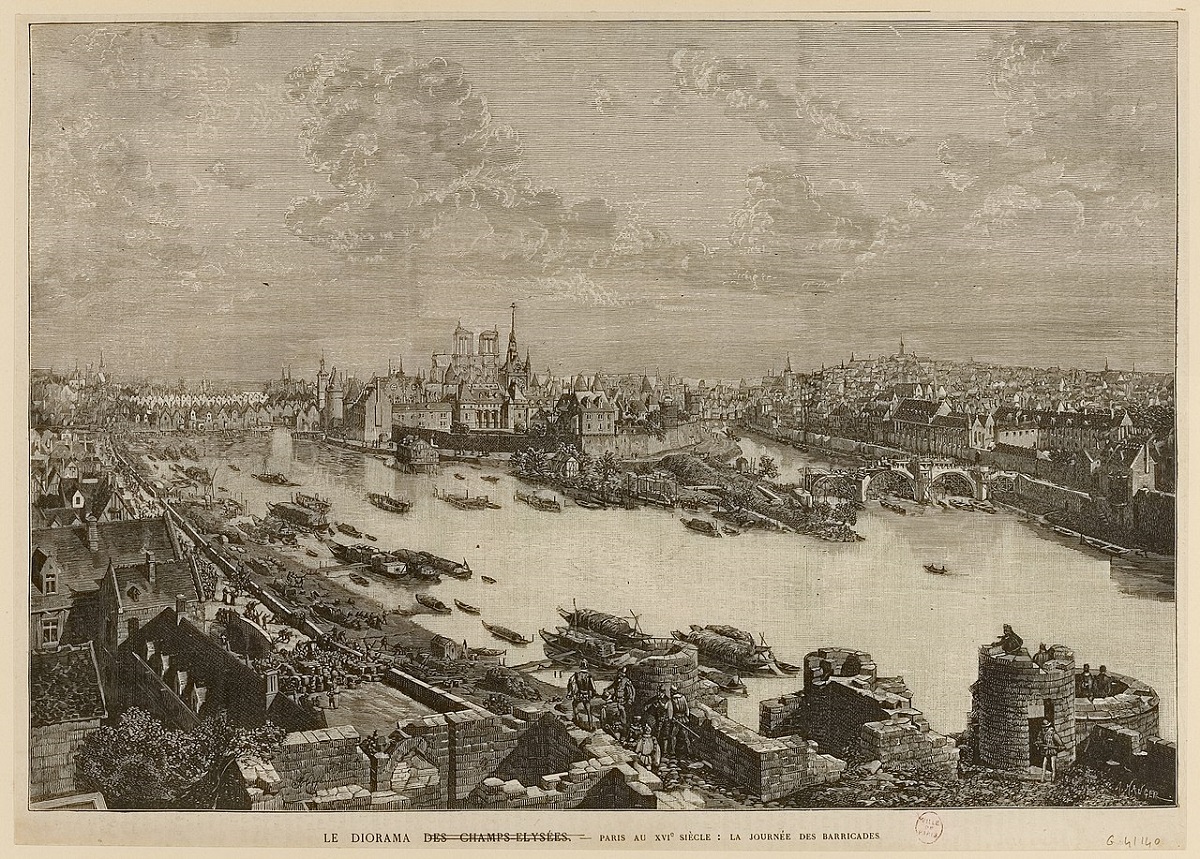
During the 14th and 15th centuries, the French population did not grow because of the Hundred Years’ War, which pitted France against England from 1337 to 1453, and the great epidemics, especially the Black Death, which wiped out 30 to 50% of Europeans in just five years (1347–1352).
The 16th century was a century of peace, which saw the French population rise rapidly, particularly in Paris.
Increasing Urbanization of the Marais in the 16th Century
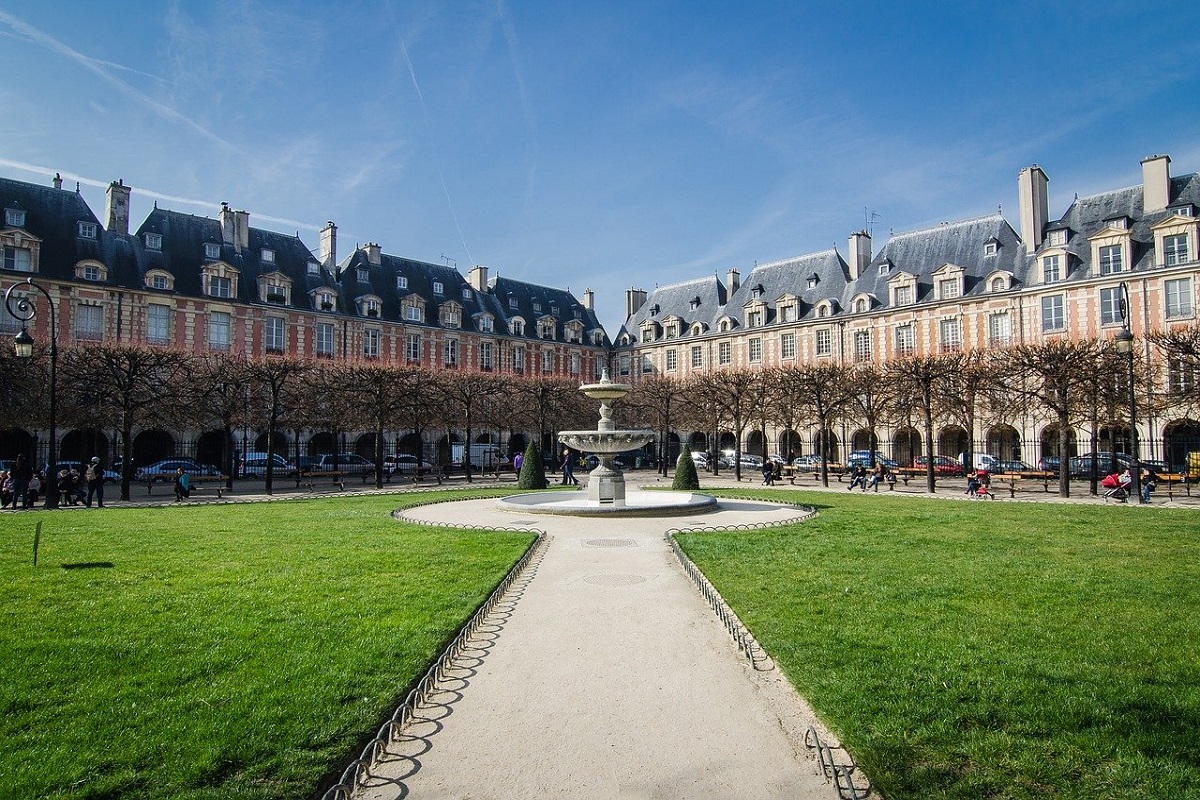
During this century, land became available in the Marais.
François I sold the vast Hôtel Saint-Pol, and religious institutions sold important farmland in the Marais.
On this newly available land, new housing was built.
One notable development was the construction of the Place Royale between 1607 and 1612, which would later become the Place des Vosges.
This square attracted aristocrats, who built magnificent mansions nearby.
1615: The Creation of the Oldest Market in Paris – The Little Marais Market
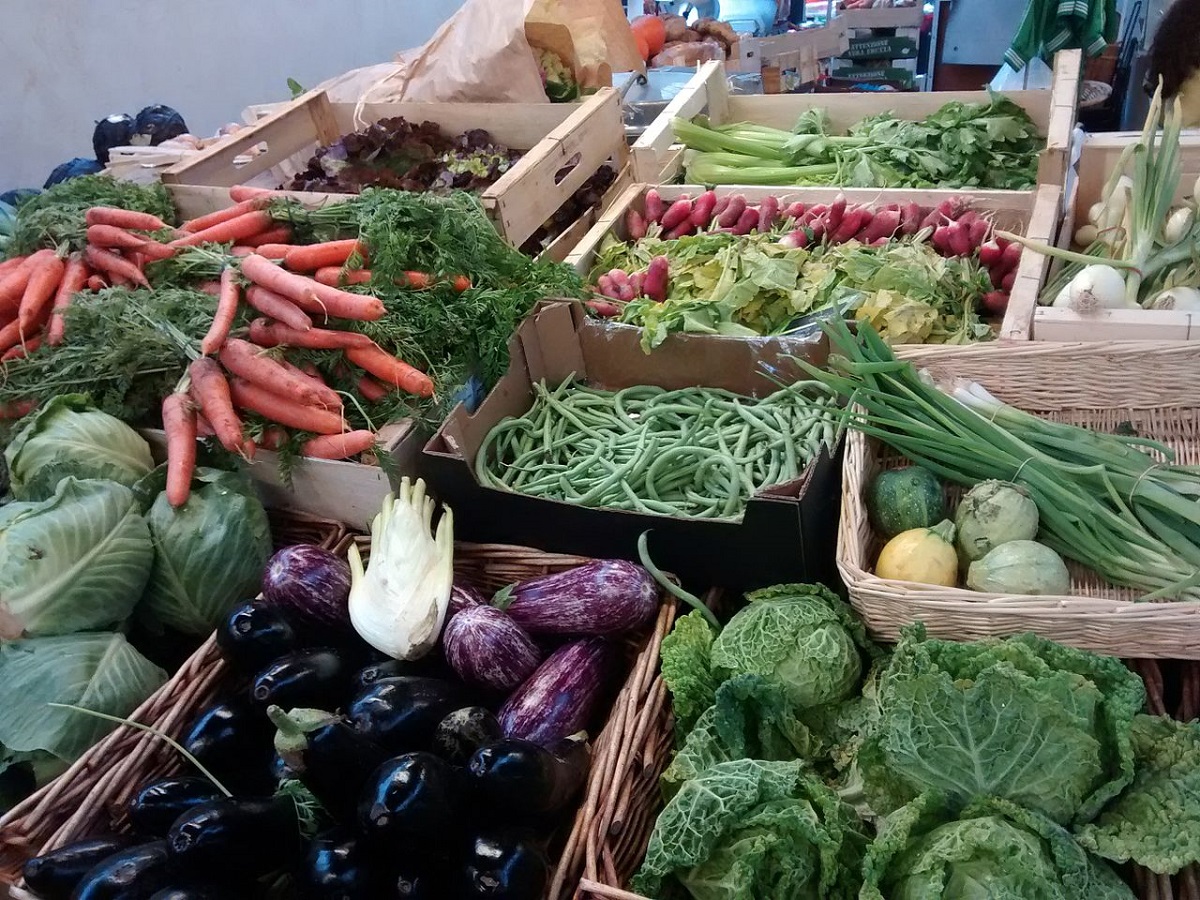
The new residents of the Marais needed food.
Louis XIII asked two of his commissioners, Sulfice Richard and Jean Duflos, to create a market.
The two commissioners found the perfect piece of land, which they purchased from a notable of the time.
This large plot was located at the corner of Rue de Bretagne and Rue de Berry.
“The Little Marais Market” was born in 1615.
It was set up under a wooden hall resting on sixteen oak pillars, built by Perceval Noblet, the king’s master carpenter.
This market was equipped with a well (since running water did not yet exist), butcher’s stalls, and a dung pit.
Here, everyday food was stored.
In 1772, the market would be renamed “Marché des Enfants Rouges.”
Why Is It Called the Marché des Enfants Rouges?
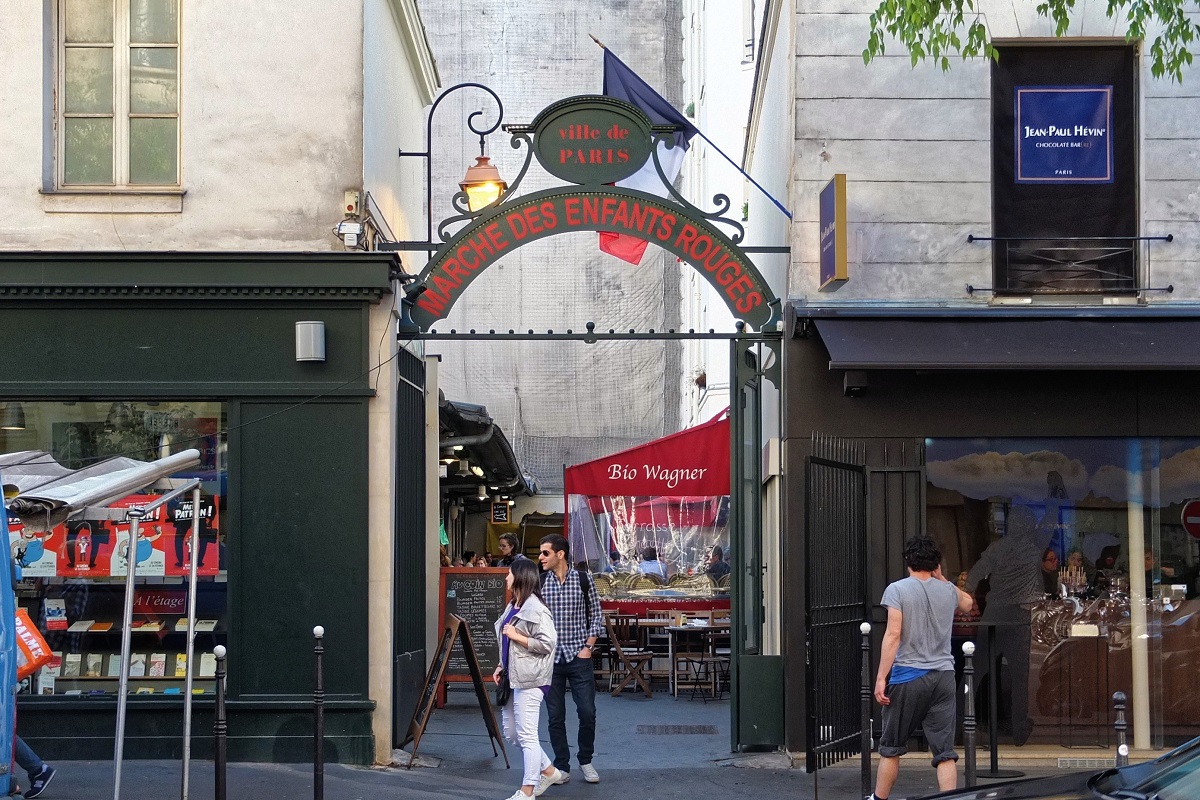
In 1536, François I’s sister, Marguerite de Valois, founded an orphanage to take in orphans.
These children were called Children of God.
They were dressed in red clothing, symbolizing Christian charity.
Because of these red outfits, Parisians of the time called them les enfants rouges (“the red children”).
In 1772, the orphanage was forced to close.
The children were transferred to the Hôpital des Enfants-Trouvés on the Île de la Cité.
The Hôpital des Enfants-Trouvés was a religious institution that helped destitute and abandoned children.
In memory of these children, the market was named “Marché des Enfants Rouges.”
1772: Expansion
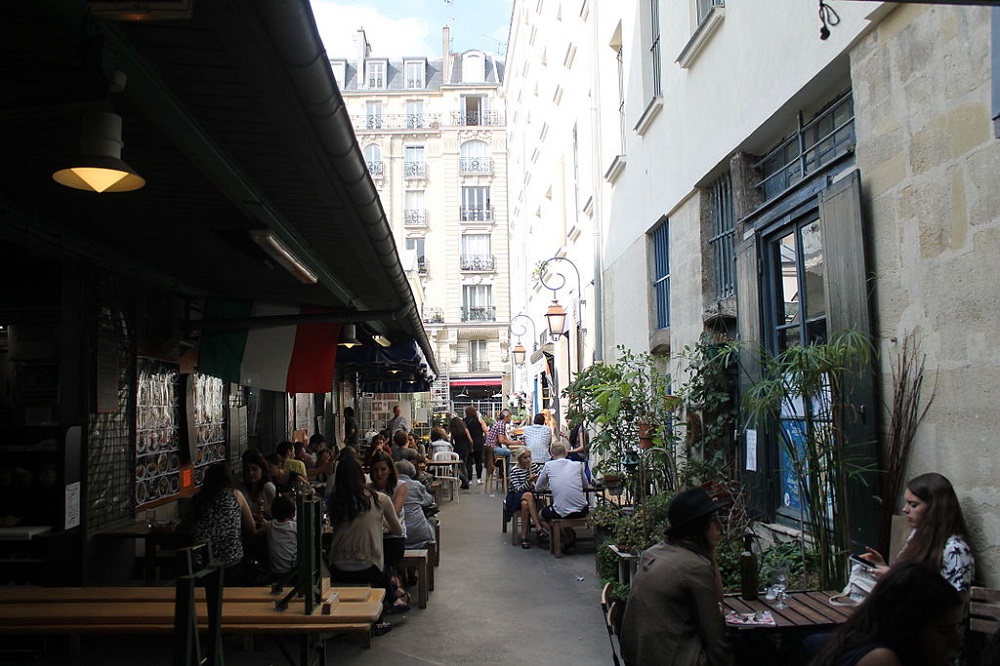
In 1772, the philanthropist Geoffroy d’Assy became its owner.
He enlarged and equipped it, adding a lamppost in the center and a fountain, both essential for the merchants.
Geoffroy d’Assy was later guillotined during the French Revolution.
The market was then inherited by his descendants.
In 1912, the Marché des Enfants Rouges was sold to the City of Paris.
A stable was installed there, later known as the “Vacherie.”
It housed 12 cows that provided milk until 1914.
The market has been listed as a Historic Monument since 1982.
1994: The Proposed Demolition of the Marché des Enfants Rouges
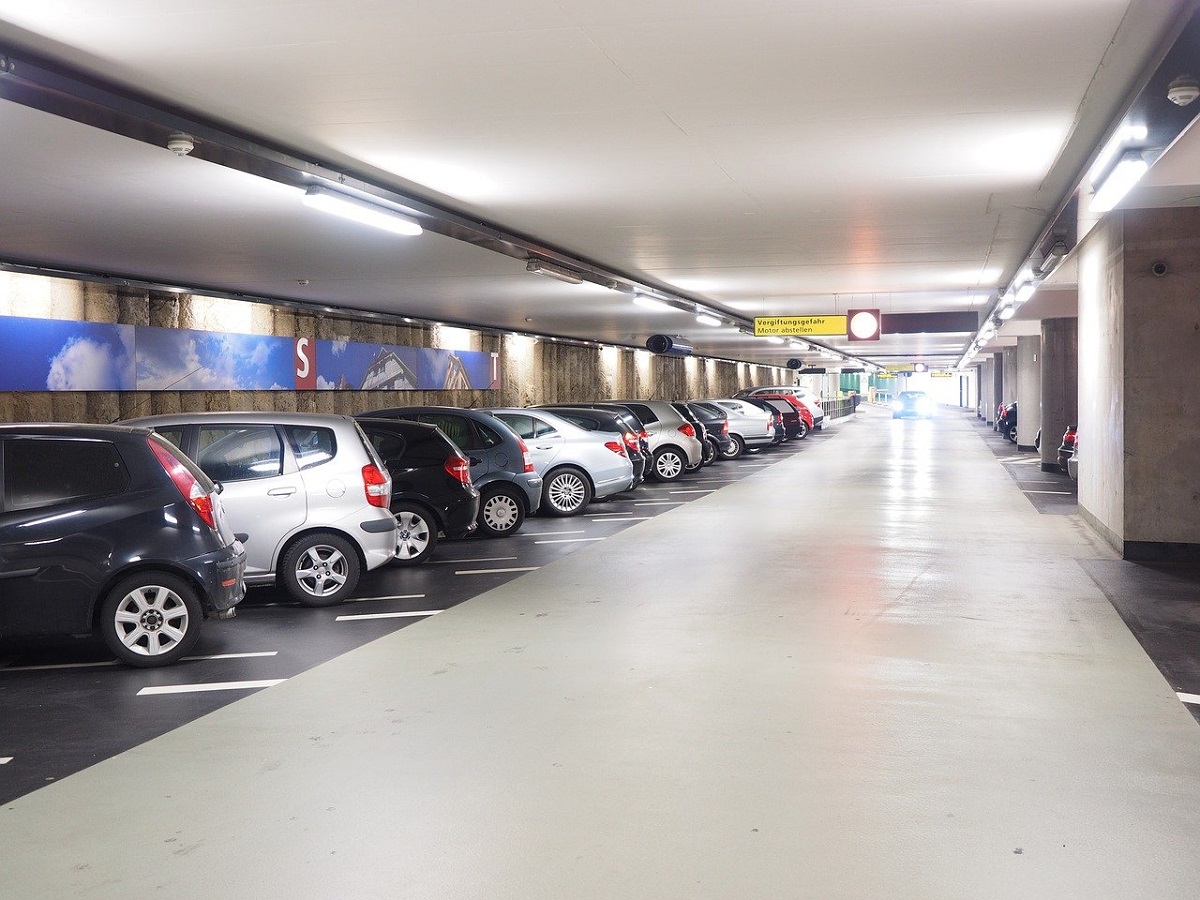
The mayor of Paris’s 3rd arrondissement, Jacques Dominati (UDF), judged the market too dilapidated and wanted to replace it with a seven-story parking garage, with a daycare on the ground floor.
Residents of the neighborhood, led by filmmaker Bertrand Tavernier, mobilized to save the 1615 market.
In the 1995 municipal elections, socialist candidate Pierre Aidenbaum promised that if elected, he would save and rehabilitate the Marché des Enfants Rouges.
He was elected and indeed saved the market from demolition.
The market reopened in 2000 and became a success.
A Cosmopolitan and Friendly Market
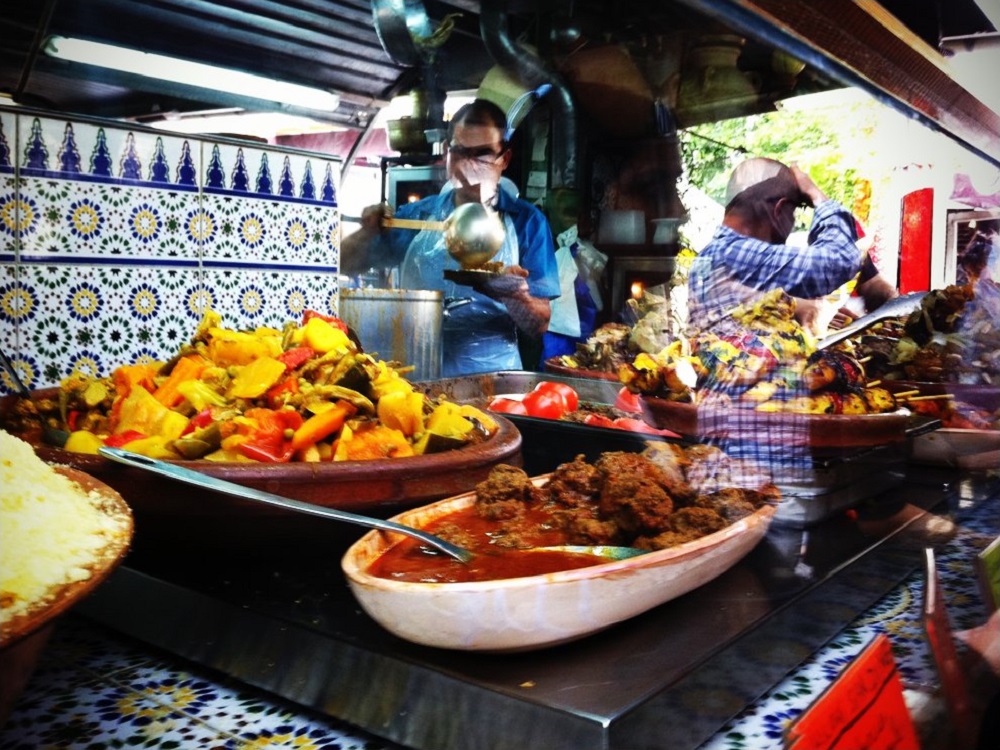
This little market covers only 2,000 m² and includes 20 stalls with flavors from around the world.
There’s something for everyone:
-
A Lebanese caterer
-
Alain Miam Miam and his huge sandwiches made with local products (a delight, though there’s often over an hour’s wait)
-
AMIn Italian fine foods
-
Pizza Mario
-
An Afro, Caribbean, and Cajun restaurant-caterer, with Ti punch
-
Mangiamo Italiano – Italian caterer
-
La Petite Ferme d’Annie (goat cheeses, honey, and organic Corsican jams)
-
Moroccan caterer with delicious mint tea
-
Japanese restaurant Taéko
-
Arômes et Cépages – wine by the bottle
-
Mario Sarl – fruits and vegetables
-
Two florists: Mimi Magasin and Faroni
-
Ferme de Mésenguy du Marché des Enfants Rouges – artisanal products, mainly pork-based (terrines, rillettes, or confits)
-
A fishmonger, Pleine Mer
-
L’Estaminet des Enfants Rouges in Paris (traditional French restaurant with cheese and charcuterie platters)

